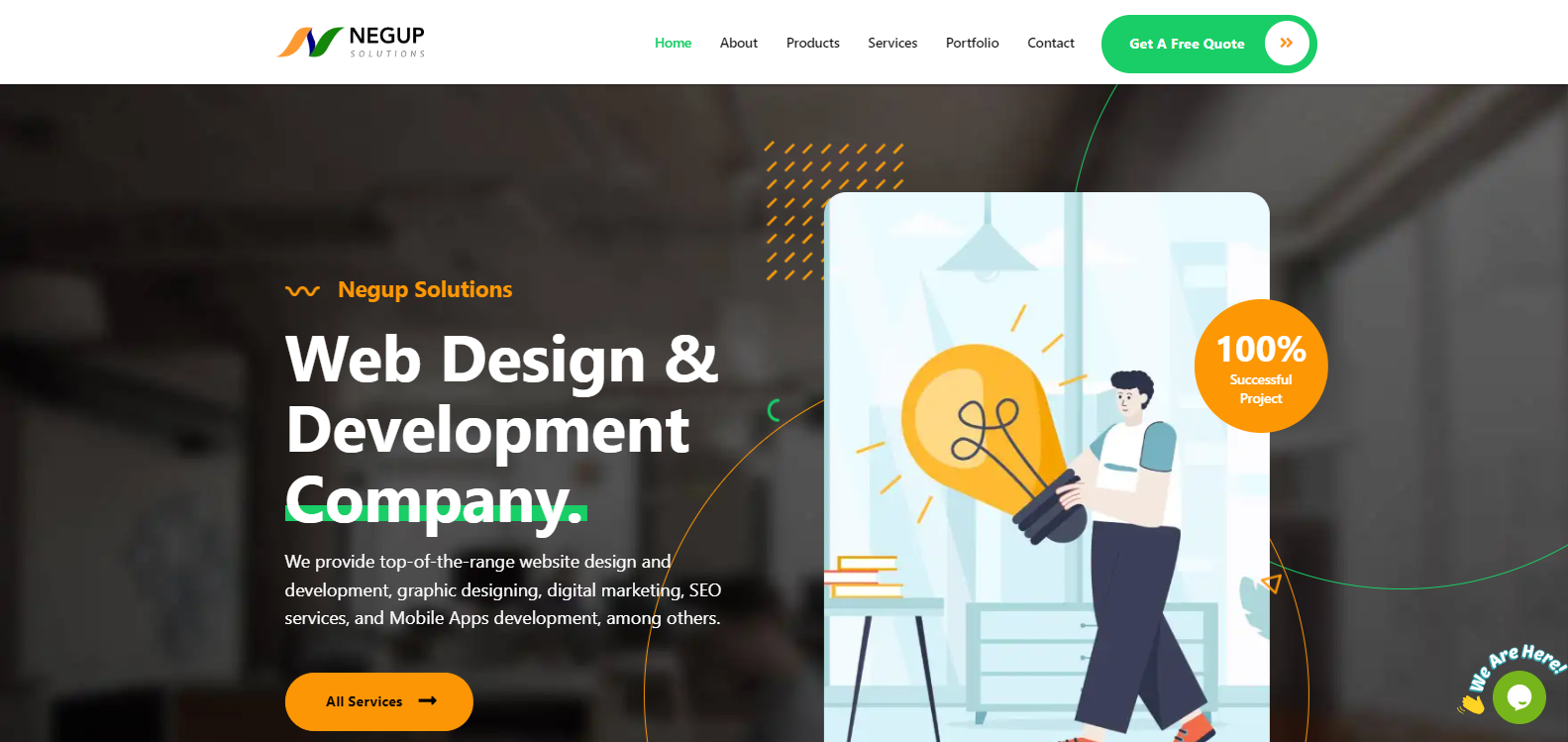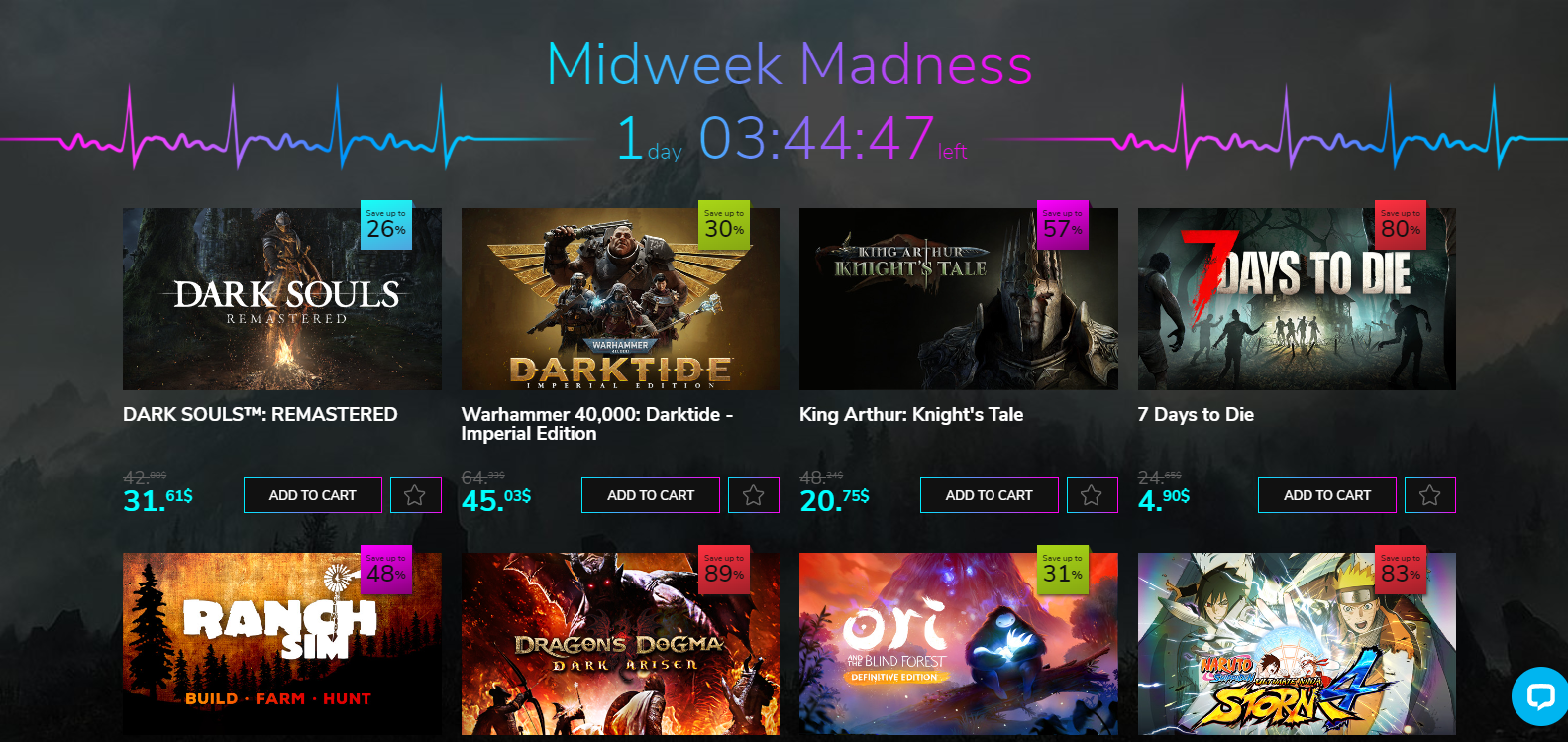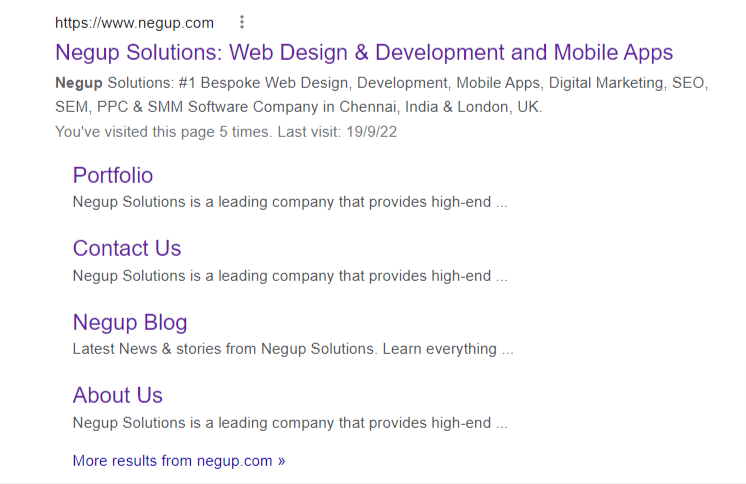Image Source: https://pixabay.com/vectors/website-page-template-internet-web-1624028/
Search engine optimization (SEO) is a valuable tool for businesses. If you aren’t familiar, SEO is a practice that helps websites rank higher in search engines like Google.
Many people assume that SEO is just plugging keywords into your content, but this couldn’t be further from the truth. How your website looks and operates helps to determine how well your website performs on Google, as well.
That’s why creating an SEO-friendly web design is absolutely key for any brand that wants to successfully leverage organic search as part of their digital marketing strategies.
Let’s explore the benefits of building an SEO-friendly website and the steps you can take to make it happen.
Benefits of an SEO-friendly website
Before we dive into the step-by-step process of creating an SEO-friendly site design, let’s review a few key benefits of having an optimized website.

Drive more traffic to your site
The purpose of SEO is to get higher rankings on search result pages for keywords that are relevant to your brand. An effective SEO strategy that includes optimized content and design will help you get more traffic to your site.
This is great for building brand awareness, establishing authority in your industry, and making more sales.
Enhance discoverability
Another major benefit to creating a website that ranks well in search is improved discoverability. It makes your brand accessible to potential customers who are searching for related terms.
Discoverability is key because it lets your target audiences know that you have solutions to their problems. This helps you get in front of more eyes and make more sales.
Create a more appealing website
Naturally, an SEO-friendly website design will yield a more visually appealing site.
Since 94% of first impressions are related to your site’s web design, an appealing site allows you to make a positive first impression.
This can have a lasting impact on how your audience perceives your business, so using an SEO-friendly layout for your site is a win-win.
Improve your site’s value
Did you know that websites are one of the most commonly sold online businesses? If you eventually decide to sell your online store, having a solid SEO strategy in place will be the cornerstone of the valuation of your business.
By creating a site with an optimized storefront and landing pages, you’ll make more sales during your ownership and provide more confidence to a future owner. This will make the sale of your website much easier.
How to create an SEO-friendly web design
Creating an SEO-friendly web design requires using a series of on-page and off-page optimization techniques. Many of these techniques focus on enhancing the user experience, and others focus on sending the proper cues to search engine algorithms.
With that said, here are eight techniques you should apply to create an SEO-friendly web design.
1. Optimize the mobile viewing experience

Over 62% of internet use is on mobile devices, which means optimizing your mobile experiences is absolutely critical.
An important part of optimizing your mobile viewing experience is making your site responsive. Your site should automatically detect the device that the user is on and deliver the rendering of the website that’s most appropriate.
2. Enhance readability
Part of marking your site user-friendly is enhancing its readability. This means limiting large blocks of text, using headings and subheadings liberally, and ensuring that the colors of backgrounds and fonts don’t clash.
Consider using images and other design elements to break up text and make your website easier to read.
YUPLAY, for example, does an excellent job limiting text and focusing on images and eye-catching colors to provide an enhanced customer experience.

Image Source: https://www.yuplay.com/
3. Improve site speed
A site that takes too long to load is an absolute SEO killer. The search engines acknowledge this as an issue in the user experience, and it won’t reflect well on your site.
You can improve your site speed by optimizing your images and other media. This can be done with various compression tools such as an image compressor or an mp4 compressor and external hosting tools. Talking about hosting, users often seek for platforms that give excellent craft cms hosting and that results in the improvement of the website’s speed and performance.
4. Add a blog
If SEO is an important part of your marketing strategy, then adding a blog to your design is a must. A blog is a great way to target a variety of keywords while providing valuable content to your audience.
As you build out your blog, you can create articles to target keywords for different verticals, prospects at different stages of the funnel, and more.
5. Optimize the metadata
Optimizing your site’s metadata to include relevant descriptors with your targeted keywords is also key. Google and other search engines read this during indexing.
Some of the most critical metadata include title tags, meta descriptions, and alt text for images. It’s also important to ensure that each heading is properly tagged as H1, H2, or H3 so as to make it easy for search engines to scan.

6. Place links strategically
Creating a web of internal links is an important part of SEO. It allows Google to gain insight and understand the context of different pieces of content within your site so that everything is indexed appropriately.
However, as you create this link structure, it’s important to consider the aesthetic. Use your links conservatively so that it doesn’t look spammy or overwhelming.
7. Optimize URLs
Every page on your site has a unique URL, whether it’s your home page, a landing page, or a blog post. These URLs use slugs to differentiate each piece of digital property.
If you’re not familiar, the slug is the end portion of your URL after your domain.
Make sure your slugs are concise and accurately describe the page. It should include one primary keyword, and it can be a few words long.
8. Apply feedback from Google Search Console
Google Search Console is a phenomenal tool for anybody who is incorporating SEO into their marketing strategy. This free tool provides valuable insights on indexing, performance, and more.
Google Search Console routinely scans sites and presents fixes that you can make to improve your SEO. When these tips come through, make the suggested changes.
Final thoughts
Building an SEO-friendly website comes fairly naturally when you prioritize the user experience.
When you find the balance between creating a stellar experience for viewers and satisfying the needs of search engines, your website will be ready for success with organic search.
Don’t wait for your competition to catch on. Start focusing on your SEO-friendly website design today. You won’t regret it.
About the author
Emily Krings is an SEO content writer and strategist with a knack for storytelling. She specializes in helping B2B businesses create blog content that connects with their audiences.



